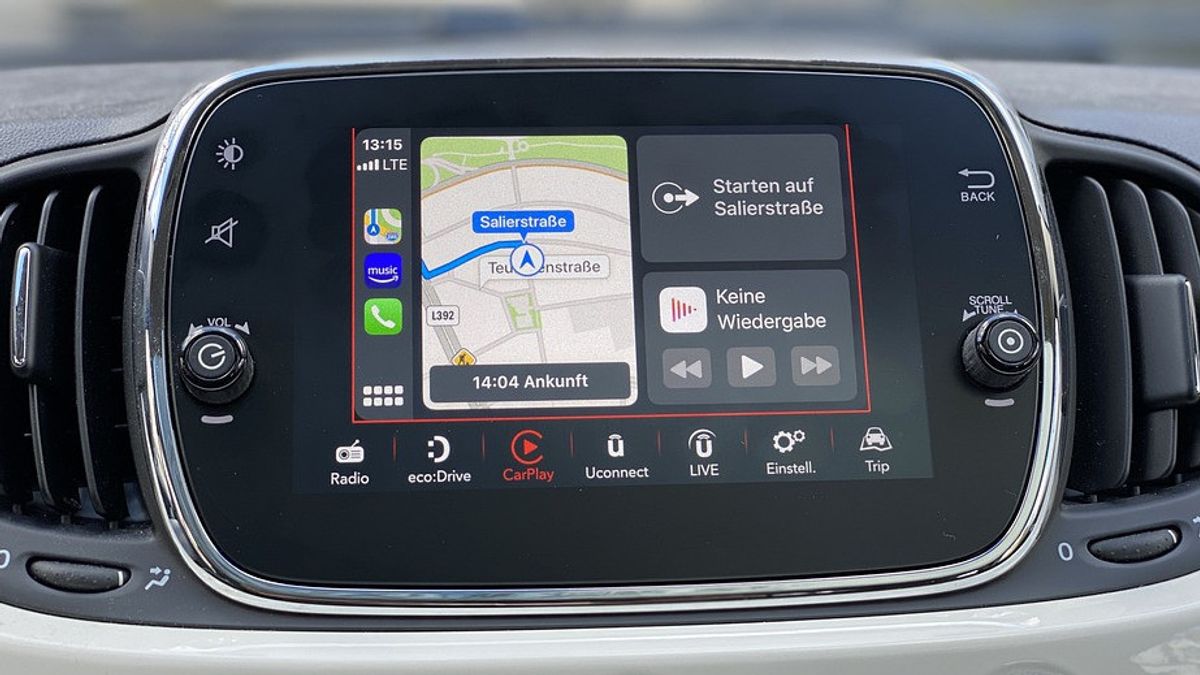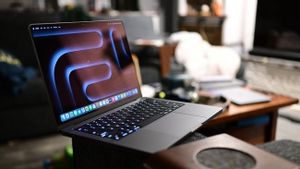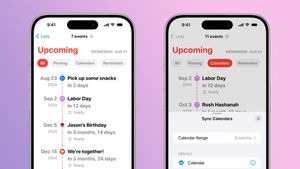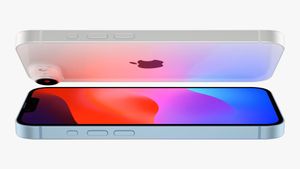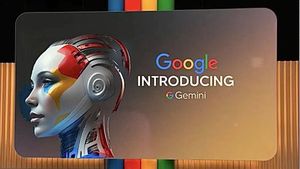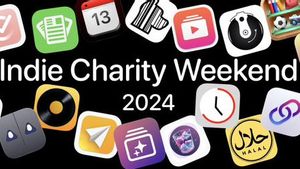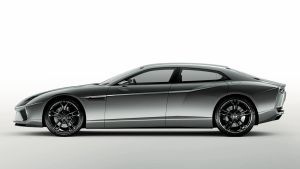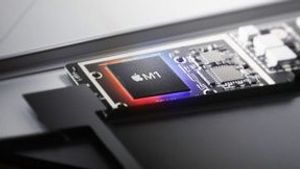JAKARTA - Apple Inc wants you to start buying gasoline right from the dashboard of your car early this fall. This can be enjoyed in the latest version of the CarPlay software which is launching soon. This application is predicted to accelerate the efforts of car manufacturers to turn your vehicle into a goods and service shop.
A new feature that was quietly unveiled at Apple's developer conference this month will allow CarPlay users to use the app to navigate to the nearest gas station. Not only that, this application can also be used to buy gas or gasoline directly from the screen in the car. This can go through the usual process, inserting or swiping a credit card.
Dallas-based fuel company HF Sinclair, which markets its gasoline at 1,600 stations in the United States, told Reuters it also plans to use the new CarPlay technology. They will announce the details in the coming months.
"We are excited about the idea that consumers can navigate to a Sinclair station and purchase fuel from their vehicle's navigation screen," said Jack Barger, the company's senior vice president of marketing.
The fuel app is just one of Apple's ongoing efforts to allow apps to buy from the navigation screen. CarPlay now allows for apps to pay for parking, charging electric vehicles and ordering food. Even adding a driving task app is like logging mileage on other business trips.
Fuel is a major expense for car owners. The US Energy Information Administration estimated in April that the average US household will spend about US$2,945 on gasoline by 2022, or about US$455 more than last year.
Apple does not currently charge automakers, developers, or users for using CarPlay. "Business interests put Apple at the forefront as cars turn into rolling computers," said Horace Dediu, Asymco analyst and founder of Micromobility Industries.
This new feature will make its way to hundreds of CarPlay-compatible car models when Apple releases a software update this fall.
"Forget Apple Car - Apple CarPlay is the bigger deal," said Dediu. "It's quite possible to scale to millions and millions of cars, if not hundreds of millions."
To use the new CarPlay feature this fall, iPhone users will need to download the fuel company app to their phone and enter their payment credentials to set up the app. Once the app is set up, users will be able to tap on their navigation screen to activate the pump and pay.
"It's a huge market, and consumers really want to take the friction out of payments," said Donald Frieden, chief executive officer of Houston-based P97 Networks, which builds the digital pipeline that many fuel companies will use to connect their applications to the Internet. car.
Frieden said he had received calls from oil companies interested in getting their app to work with CarPlay. BP, Shell and Chevron Corp did not respond to requests for comment on whether they also plan to make their iPhone apps work with CarPlay.
Failed Attempt
Apple's latest move is likely to raise tensions with the automaker, which has its own ambitions for the in-car trade.
For example, vehicle makers have tried and failed, popularizing buying gasoline from their own cars before. General Motors Co launched a system to do so in 2017, but shut it down earlier this year. "Because the supplier went out of business," GM told Reuters in a statement.
In addition to apps for fuel and other purchases, Apple is also working to extend CarPlay further into car driving systems by accessing speed and fuel gauge data.
But automakers are unlikely to turn that data over to Apple without making their own demands in talks that analysts believe are likely already underway.
Speaking at the Reuters Automotive Europe conference in Munich on Wednesday, Mercedes Benz CEO, Ola Kaellenius, said the company's goal "is to have a complete and holistic Mercedes experience."
Kallenius said Mercedes would not seek to reinvent every app category, but "when interacting with companies in this digital domain ... anything and everything that crosses the relevance of product liability, we will be very careful."
The English, Chinese, Japanese, Arabic, and French versions are automatically generated by the AI. So there may still be inaccuracies in translating, please always see Indonesian as our main language. (system supported by DigitalSiber.id)
